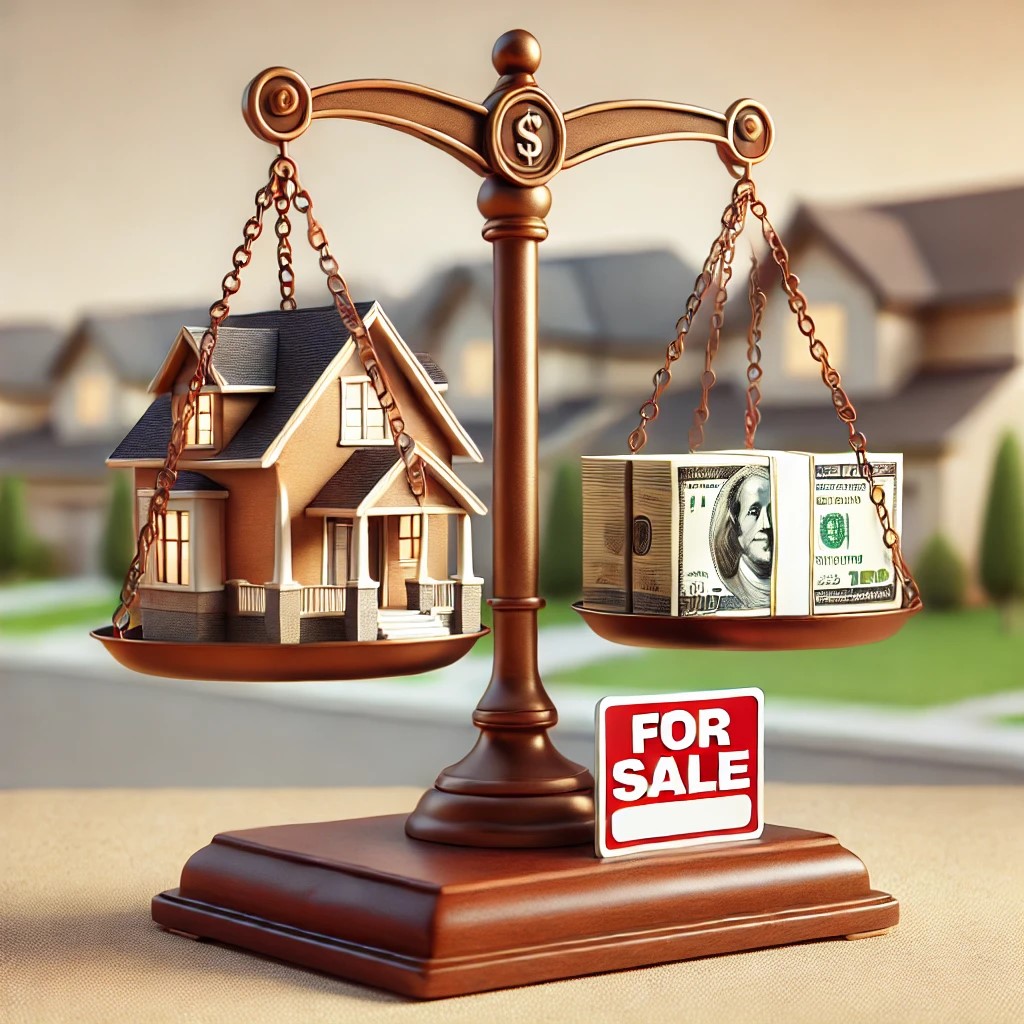
When it comes to buying or selling a home, one of the most critical, and at times, challenging aspects is aligning price expectations between buyers and sellers. This “price gap”—the difference between what a seller wants to receive and what a buyer is willing to pay—will significantly impact the success and timeline of a transaction. Let’s explore how to navigate these expectations and bridge the gap effectively.
What Creates the Price Gap?
- Emotional Attachment
Sellers often have an emotional connection to their property, leading to overvaluation. Memories, personal investments, or unique features could increase its perceived worth to the owner, even if the market disagrees. - Market Misconceptions
Buyers may compare properties across different markets or rely on outdated and inaccurate information, leading to unrealistic offers. - Shifting Market Conditions
The real estate market constantly fluctuates based on supply, demand, interest rates, and economic conditions. Sellers who priced their homes during a hot market may struggle to accept lower offers in a cooled market. - Imperfect Comparables
Sellers often rely on “comps” (comparable sales) to price their home. If these comps aren’t truly reflective of the current condition or features of the property, a disconnect arises.
How to Manage Price Expectations
- Educate Sellers with Data
For sellers, the first step in closing the price gap is understanding the market value of their property. Realtors can provide a comparative market analysis (CMA) and explain current trends to justify pricing. Highlighting facts like days-on-market statistics or nearby property sales can help sellers set realistic expectations. - Help Buyers See Value Beyond Price
Buyers might fixate on the lowest price, but emphasizing value—like location, school districts, potential for appreciation, or included upgrades—can shift their focus. - Use Strategic Negotiation
Closing a price gap often comes down to negotiation. This might involve sellers offering concessions, such as covering closing costs or including appliances, while buyers increase their offer to align with the property’s value. - Leverage Market Timing
If the gap is significant, sellers may consider waiting for market conditions to improve. On the flip side, buyers might benefit from looking for motivated sellers who are more likely to negotiate.
Why Realistic Pricing Matters
- For Sellers: Overpricing a home can lead to longer time on the market, which may result in price reductions that deter serious buyers. A realistic price attracts more interest, potentially leading to multiple offers and a better final sale price.
- For Buyers: Unrealistic lowball offers can alienate sellers and make buyers miss out on their dream property. Aligning with the market ensures smoother negotiations and faster closings.
Bridging the Gap with Expert Guidance
Whether you’re buying or selling, the expertise of a seasoned real estate agent is invaluable in addressing price gaps. They can provide objective advice, mediate negotiations, and ensure all parties walk away satisfied.
Navigating price expectations may feel daunting, but with clear communication, data-driven insights, and a bit of flexibility, the perfect deal is well within reach.
Have questions about your property’s value or the local market? Contact Roderick Henderson today for expert advice!

 Facebook
Facebook
 X
X
 Pinterest
Pinterest
 Copy Link
Copy Link


